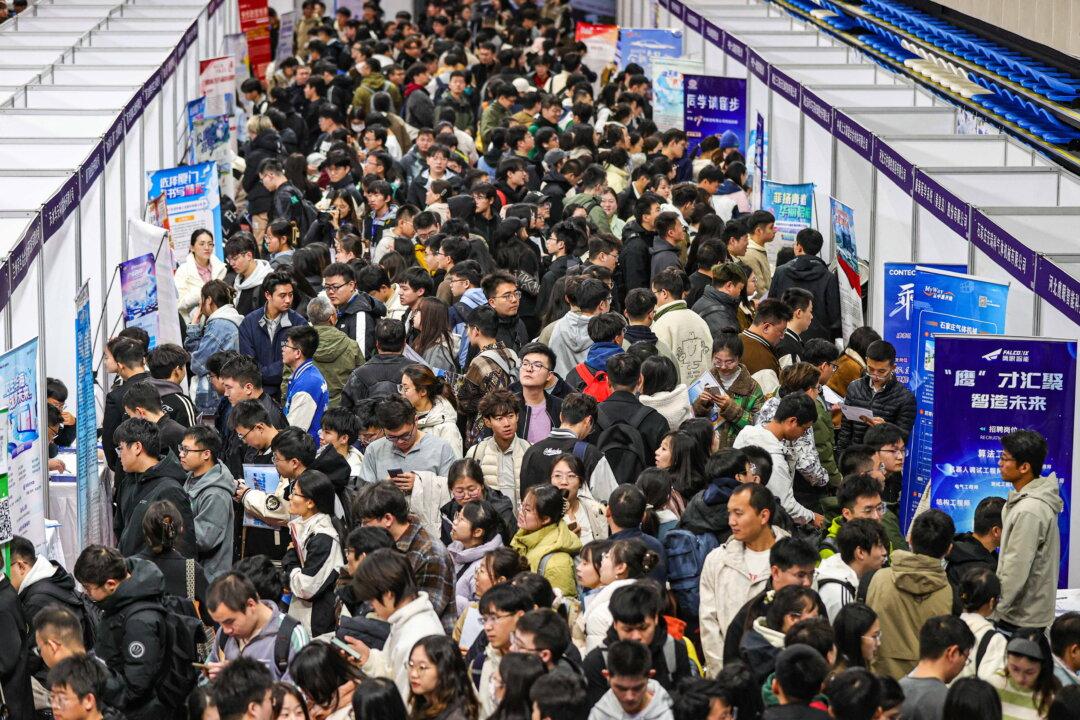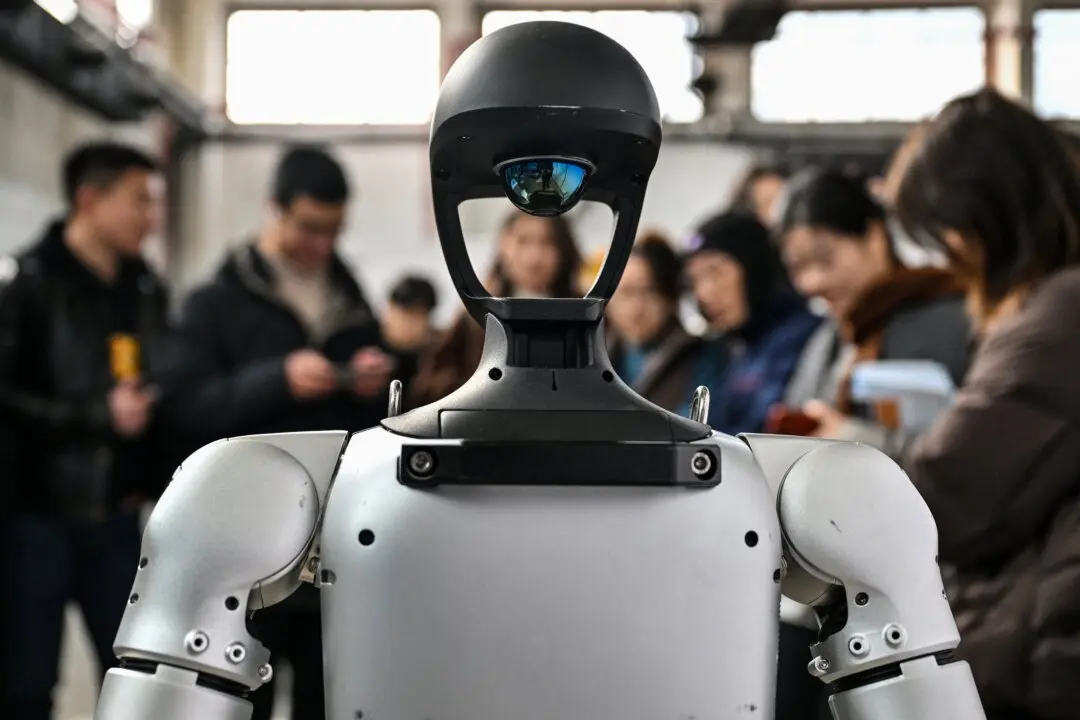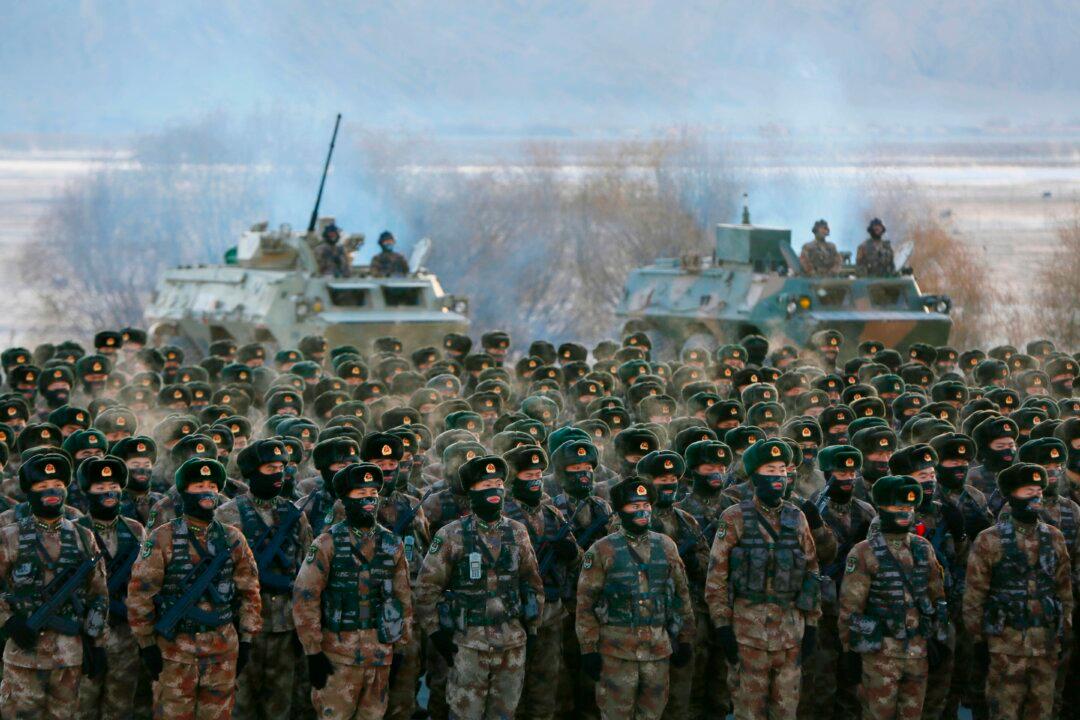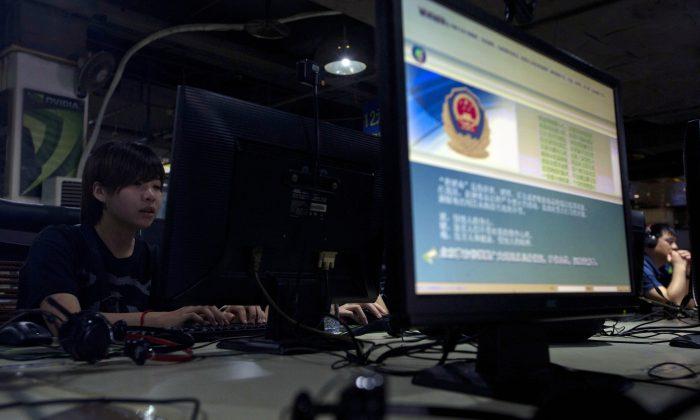Draconian COVID-19 measures, outmigration, capital flight, the property crisis, deflation, military spending, international tensions and tariffs, technology subsidies, an aging workforce, low birth rate, lack of stimulus from Beijing, and extortionary fines levied by local governments against small businesses have all made doing business in China exceedingly difficult.
Now, the company wants to follow the success of its R1 model with an R2 model sometime before May. The Hang Seng Index rose approximately 25 percent between mid-January and Feb. 26. Alibaba’s major investment in its Qwen AI model led to its inclusion in Chinese versions of the Apple iPhone and helped boost Alibaba’s market valuation by more than $90 billion.
Investors in China are also hoping for a general economic rebound based on greater liquidity promised by China’s central bank, the People’s Bank of China (PBOC), and a mid-February meeting between Chinese leader Xi Jinping and Chinese business leaders from the tech sector. Xi likely scheduled the meeting to bask in the glow of the DeepSeek and Qwen-fueled stock market rallies and justify the regime’s tech subsidies.
In addition to DeepSeek’s founder, Liang Wenfeng, and Alibaba’s founder, Jack Ma, the meeting reportedly included leaders from Huawei, Tencent, BYD, Contemporary Amperex Technology, Meituan, Xiaomi, Unitree, and Yushu Technology.
“[Xi] promised to abolish unreasonable fees or fines against private firms and level the competitive playing field — a common complaint of entrepreneurs in a state-dominated system,” Bloomberg reported.
However, U.S. AI technology is reportedly still superior to DeepSeek and Qwen. Furthermore, far more market reforms will be needed to revive China’s economy. The percentage of Chinese A-share companies reporting a net loss has increased every year since 2019, and in the third quarter of 2024, it reached 23 percent.
The Xi meeting with tech leaders has been lauded as a major market reform signal. But it appears that Xi is still giving subsidies and orders to these companies rather than letting the market work. A photo from the meeting shows Xi surrounded by dozens of officials and business leaders, eyes mostly downcast and studiously taking notes as he speaks.
According to two sources cited by Reuters before the meeting, “Many of the entrepreneurs will be from the tech sector and Xi is expected to encourage them to expand their businesses domestically and internationally amidst an intensifying Sino–U.S. technology war.”
While the few companies invited will likely experience more subsidies and a share price boost, the many more not present will remain left behind without a true free market that fully rewards their risks and innovations.
Another supposed strong point of China’s economy is the electric vehicle (EV) sector. Chinese consumers now prefer domestic EVs to imports. Chinese EVs have almost anything an import has but at a far lower price. However, Beijing’s promotion of the industry led to too much investment, overproduction, and unprofitable startups. Sales then slowed, prices dropped, and the sector is expecting consolidations. Major predicted exports depend upon access to the U.S. and European markets, which are rapidly increasing exclusionary tariffs against China that will shut out their EVs. EV exports to developing countries will be more difficult, given the lack of electricity infrastructure.
President Donald Trump’s tariffs on China could significantly affect the country’s economic growth, with some estimates arguing that a 60 percent tariff would decrease China’s growth by 2.5 percent from 2025 to 2027. China’s official claim to be reaching about 5 percent growth every year is already under question, with even institutional investors in the country mentioning a more realistic 3 percent growth estimate.
Few now believe that China’s economy will catch up to the United States anytime soon.







